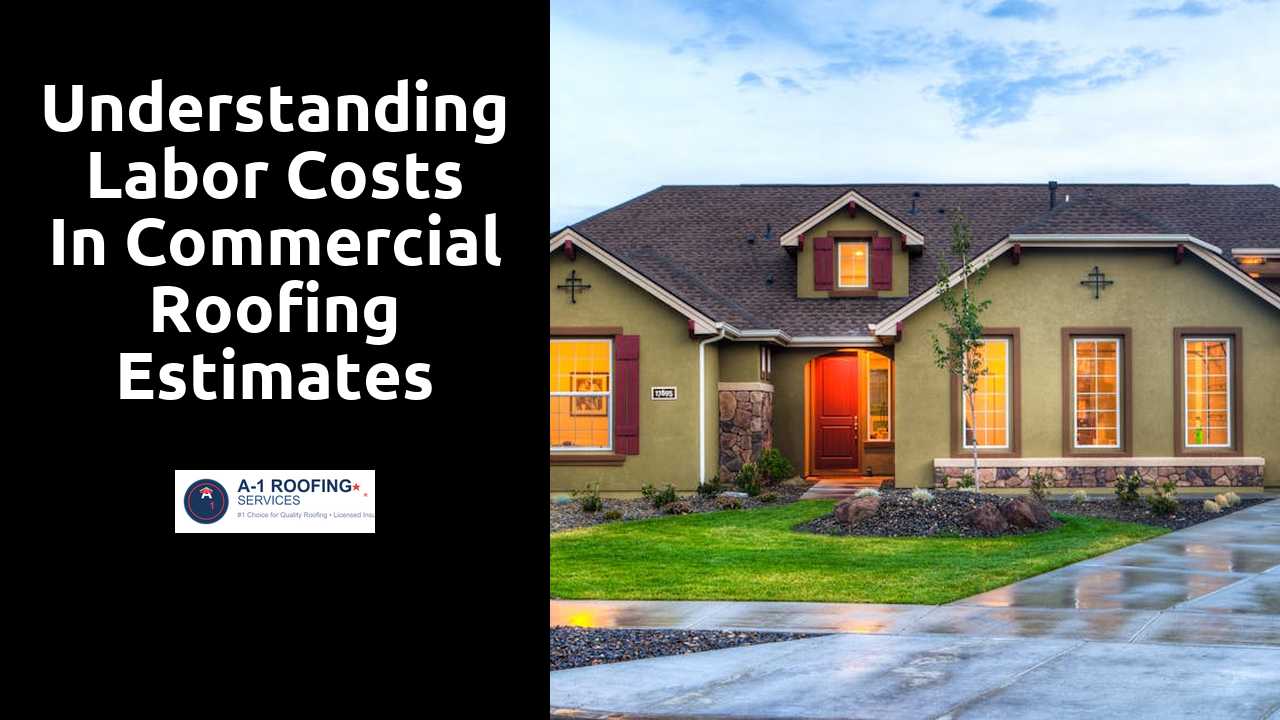
Understanding Labor Costs in Commercial Roofing Estimates
Table Of Contents
Understanding Labor Rates
Labor rates in the roofing industry can vary significantly based on several factors. Experienced professionals tend to command higher rates due to their specialized skills and the quality of work they provide. Geographic location also plays a crucial role; regions with a higher cost of living typically see elevated labor rates. Moreover, the complexity of the roofing project affects pricing. Roofs that require intricate designs or specialized materials can lead to increased labor costs, as they demand more expertise and time.
In addition to skill level and project complexity, labor rates may differ between contractors. Various companies might offer differing pricing structures based on their operational costs, workforce availability, and market demand. Understanding these nuances helps business owners and property managers make informed decisions when selecting a contractor for their roofing projects. Recognizing the balance between cost and quality is crucial in determining the right fit for specific roofing needs.
Navigate to this website to learn more.
Hourly vs. Project-Based Payment Structures
In the roofing industry, payment structures can significantly affect the overall estimated costs. Hourly payment structures are straightforward. Contractors charge clients based on actual hours worked, allowing flexibility in project scope. Clients may appreciate the transparency offered by this method. However, this approach can lead to unpredictability in total costs, especially if projects encounter delays or unforeseen issues.
Project-based payment structures are another common option. This model involves a fixed price agreed upon before work begins, often based on a thorough assessment of the entire project scope. Clients benefit from the predictability of knowing the total cost upfront. This can make budgeting easier while providing contractors with clear expectations for compensation. Challenges may arise if the project requires more labor or materials than anticipated, potentially leading to disputes or adjustments.
Assessing Labor Costs in Different Roofing Types
Different roofing types can significantly influence labor costs due to varying complexities and materials involved. Flat roofs typically require specialized techniques and additional safety measures, which can elevate labor rates. In contrast, steep-sloped roofs might demand more manual labor due to the need for scaffolding or harnessing but could be completed in less time, affecting overall labor pricing.
Additionally, the choice of materials impacts labor costs. Metal and tile roofing often necessitate skilled labor for installation, as the processes are more intricate compared to traditional asphalt shingles. Laborers may need specific training or certification for certain materials, leading to higher wages. The overall assessment of labor costs needs to consider both the type of roofing and the skill level required for a successful installation.
Comparing Residential and Commercial Roofing Labor Needs
The labor needs for residential and commercial roofing projects differ considerably due to the scale and complexity of the structures involved. Residential roofing typically involves smaller homes and straightforward designs, allowing for quicker installation times and simpler labor requirements. Workers may focus on standard materials such as shingles or tiles, which can be less labor-intensive.
On the other hand, commercial roofing often requires specialized skills due to larger surface areas and the use of more complex materials such as membranes and built-up roofs. Projects usually involve more detailed engineering and adherence to strict building codes. This factor can lead to longer project timelines and a need for a larger team of skilled laborers who can navigate these demands efficiently.
The Impact of Weather on Labor Costs
Weather conditions significantly influence the labor costs associated with roofing projects. Adverse weather can lead to delays, requiring crews to either extend timelines or pause work altogether. This unpredictability often increases labor costs, as roofing contractors may need to account for potential downtime when providing estimates. Additionally, extreme conditions, such as rain, snow, or high winds, can necessitate the use of specialized equipment or safety measures which add to overall expenses.
Seasonal changes also affect labor availability and productivity rates. Spring and summer typically see higher demand for roofing services, which can result in increased labor costs due to shorter supply of skilled workers. Conversely, fall and winter months may witness a decline in available labor, while roofers often adjust their pricing strategies to account for the unpredictability of weather-related delays during those periods. These variables create a complex landscape for accurately estimating labor costs in roofing projects.
How Seasonal Changes Affect Roofing Projects
Seasonal changes significantly influence the scheduling and execution of roofing projects. In regions with harsh winters, snow and ice can halt construction activities, leading to delays and increased labor costs. Conversely, summer months often see a rise in demand for roofing services, as more homeowners initiate projects when weather conditions are favorable. This uptick in demand can increase labor rates due to the competitive nature of the market.
Rainy seasons culminate in additional considerations for roofing work. Wet conditions can compromise the safety of workers and the integrity of materials, which necessitates rescheduling projects. Furthermore, contractors may allocate extra resources to cover potential weather-related delays, impacting overall labor costs. Planning for these seasonal fluctuations is crucial for contractors to manage their budgets and timelines effectively.
Related Links
Analyzing the Financial Implications of Commercial Roofing ProjectsEvaluating Long-Term Savings in Commercial Roofing Investments